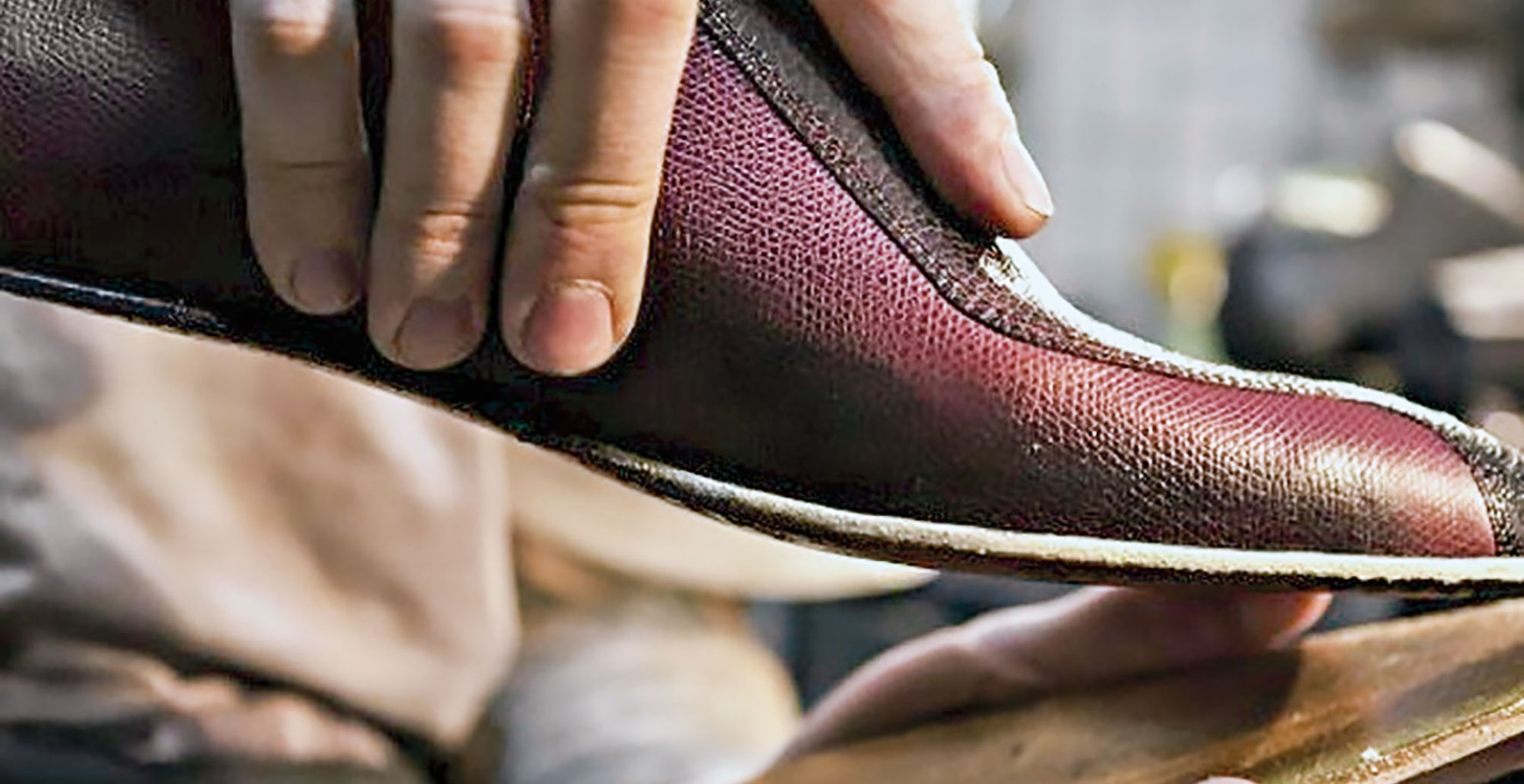


Before assembling the sole with the upper, both are glued and subjected to a drying process and a suitable temperature for their union and final assembly.
For this operation, SAZI do Brasil manufactures and markets the NIR 740/742 reactivator dryer with characteristics that allow lower energy consumption, with functions that guarantee the final quality of the footwear.
The equipment has a hybrid forced ventilation control system and PWM (Pulse Width Modulation) processed via PLC that modulates the power of the lamps for better energy use.
With individual sensors responsible for measuring the temperature of the upper and the sole more precisely. The heat transfer is carried out by radiation, unlike conventional systems that are by convection, where the resistances first heat the air and then the upper and sole, with greater energy loss.
Offers independent drying for sole and upper, with individual, temperature and airflow controls.
In the case of the NIR 740/742 equipment, the heat transfer is direct and more efficient on the upper and sole, remaining uniform and constant beyond room temperature. The reactivations with independent height regulation and without tools, allow to maintain these working conditions.
Infra-red temperature sensors adjust the power of the machine automatically and permanently control the shoe-by-shoe temperature, as reported by the human-machine interface (HMI panel).
The significant reduction in energy consumption is obtained through temperature sensors that activate heat transfer only when they verify the presence of the upper and sole on the conveyor belt.
It is obtained by the thermal insulation of the tunnel with ceramic fiber that supports high temperatures with minimal thermal conduction, eliminating losses due to heat dissipation in the casing.
Also the set of intelligent resistors controlled by PLC use only the necessary power for each operation, increasing its useful life.
The rounded dome design optimizes airflow and ventilation, while recirculation of hot air significantly reduces power consumption.

The conveyor belt made up of a succession of slats covered with natural rubber, allows the positioning of different types and models of footwear, including boots. It is equipped with a stop sensor at the end of the journey that prevents footwear from falling.
The gas output can be regulated and it has a lamp to identify the adherence of the adhesive.
Finally, the equipment is ready for internet connection, which makes it possible to acquire and process data in big data, providing total production and quality control.
The machine was built according to Brazilian safety standards NR 12 and European CE standards.
